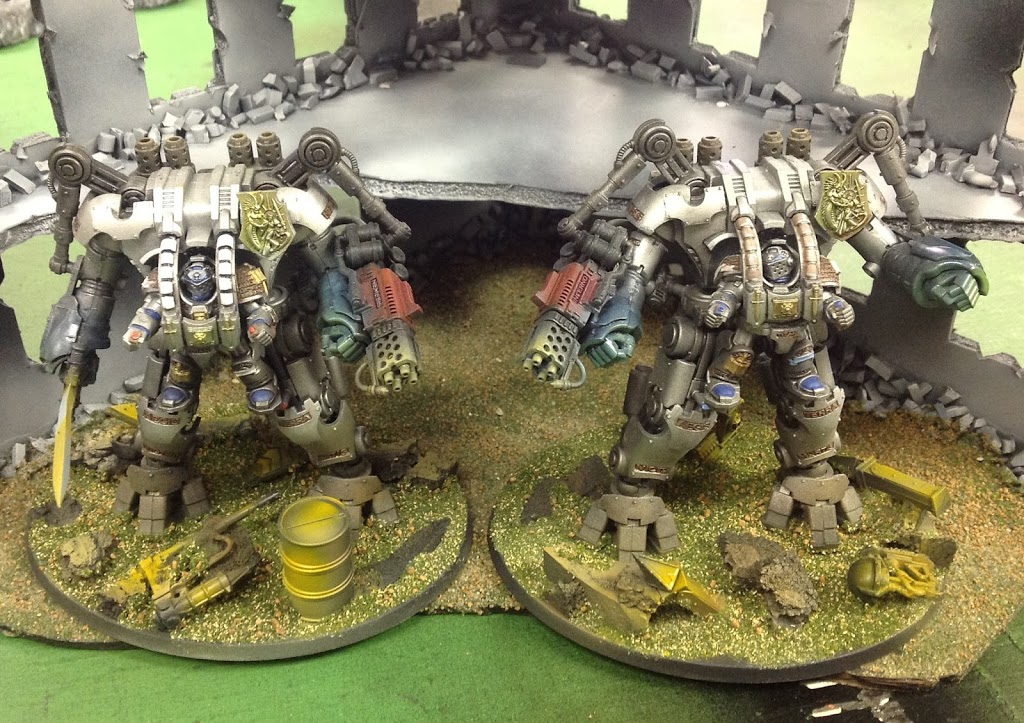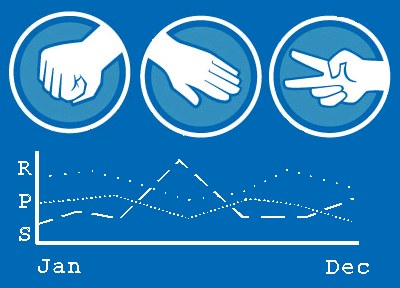Brent: What’s Wrong with Book Missions?

Excuse me in advance. There is a large percentage of you who simply don’t care about tournaments, and you’ve been perfectly clear about it! Usually that means I avoid topics with too much specificity…
…but this article is a bit of a gripe. And very specific. So apologies in advance.
Okay, obviously I haven’t been to every tournament. Not even a sizable percentage of all the tournaments held. This year, outside of my Favorite Local Game Store’s every-so-often Saturday events, I’ve been to a grand total of one major event. That being said, prior to 2013 I budgeted for three major events per year for several years now. (Until my wife went back to school – real life comes first.)
That direct experience aside, events are well covered these days by Bloggers both big and small. Rob from Spikey Bits comes to mind, as does TastyTaste from Blood of Kittens; for those guys, tournaments are a mix of business and pleasure. Beyond the larger sites, there are great blogs of all sizes written by attendees, so the interested observer can read until ’till their heart is content.
As both a Blogger and a hobbyist, I’ve noticed the missions in Indy tournaments are trending toward the same format. It seems like it has taken years, but tournament missions appear to follow a format:
1) Primary, secondary, and tertiary mission conditions.
2) Two ‘book’ missions, combined together.
3) A set number of ‘Battle Points’ to earn per mission.
A few notes.
Regarding 1), it seems it is usually weighed toward the primary, for example 15, 10, 5, being points respectively, but there is one event where they are weighted the same, for example 10, 10, 10. When you and your opponent are done with the game, you hunch over and determine if you won, lost, or tied each separate variable.
Regarding 2), one mission is the primary, the other the secondary. See point 1!
This is a good time to point out this format weighs heavily toward the taking of objectives, but it is not uncommon to see Kill Points somewhere in half or more of the missions you might play over the weekend.
Notice something here: with objectives in at least one but sometimes two of the mission conditions, there can be (d3+2) +2 counters for two (and sometimes 3 if the tertiary involves holding the middle of the board) different objectives that may or may not be worth the same number of Battle Points! Now, oftentimes the mission will dictate where to place each objective, be it a “square” of objectives 18-inches apart, or rotated to form a diamond, or each objective placed along an axis…
…damn. Hopefully you’ll have a mission diagram, but with different types of objectives and counters being placed all over the board, trust me when I say it can get complicated. For those of the Trollish persuasion that suggest, “What, can’t you read?” I’d point out that both you and your opponent are playing in a weekend full of games and you’re under a time limit.
Regarding 3)… well, where to start?
I’ll leave it at this: it’s very hard to catch up in points when the competition gets stiffer as one moves forward in an event. The first matchup can become the most important game of the weekend.
With the description of tournament missions out of the way, here’s my commentary. As always, I don’t try to cover everything; my philosophy is good comments from the reader – that’s you, Oh Bell Faithful – can complete and article with another perspective.
I’ve argued missions are looking roughly the same these days, highlighting the number of years it seems to have taken to get to this point. There was a reason… trust me when I say, nobody discusses missions and objectives and Battle Points the way Tournament Organizers do. I know for a fact they talk amongst themselves, all the big indy event planners, and I’m fairly sure they have a forum of some sort they use to discuss these things.
They could have a secret handshake and an automatic membership into the Illuminati. Point is, how did it all arrive in the same place?
I believe it was 5th Edition and the rise of ‘competitive play.’ Any of you remember when ‘narrative’ was a bad word? There was a time when blogs and forums preached competitive play and winning. Yeah, we still do to a certain degree – I get it. But the pendulum it does swing.
Event organizers in 5th Edition were dealing with Codices that were unbalanced and book missions that lacked diversity. Consequently, the experienced tournament attendees could create the monster army lists from books like Imperial Guard, then Grey Knights (you all remember) that were very, very good in tournament play.
So missions and Battle Points and the like were designed to hamper the extremes of net lists, put the odds back in favor of players experienced with their armies, and encourage more diversity of play. You can argue if it did any of that… but frankly, I don’t want to. That era is passed.
What I do want to say is this. It’s a new era. Codices are coming out monthly and are back to packing complexity and variety into the book where it belongs! Jervis Johnson’s idea to simplify the books instead seemed to demand complexity of mission…
…but it’s 6th Edition now. The army lists are more diverse and complex, therefore it’s time to see a more simplified, generalist approach to tournament missions, putting the emphasis on the games as people have learned to play them and not a white-knuckle push to grab Battle Points.
Why are we still seeing the same format of 5th Edition inspired missions? Where was the reset – and why hasn’t anyone hit that button?
There are far more questions than answers in this editorial. The subject is broad, so feel free to hit on any of these points or the myriad I didn’t even touch on. As ever, thoughts? Comments? Hugs and gropings?






